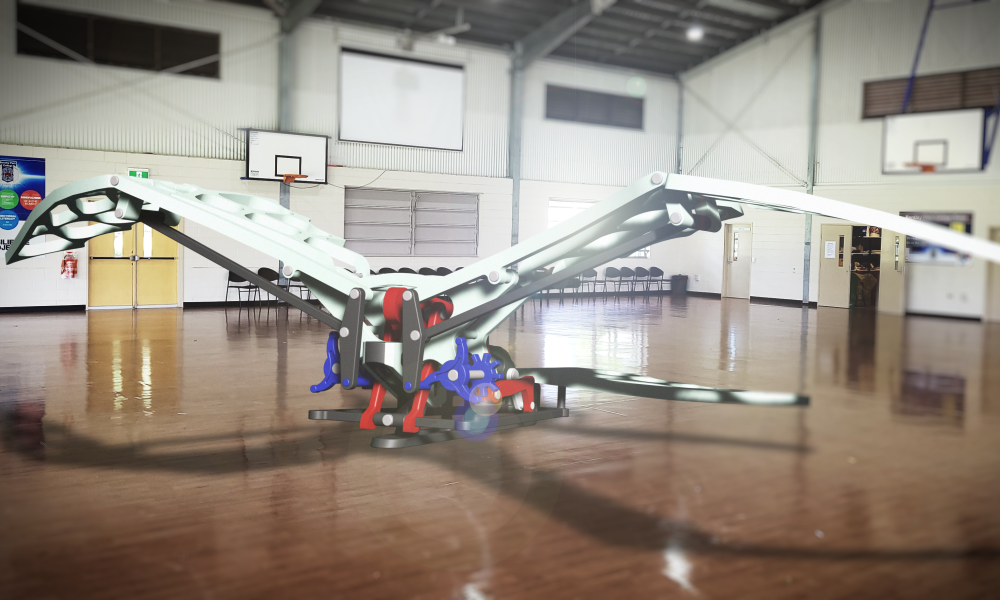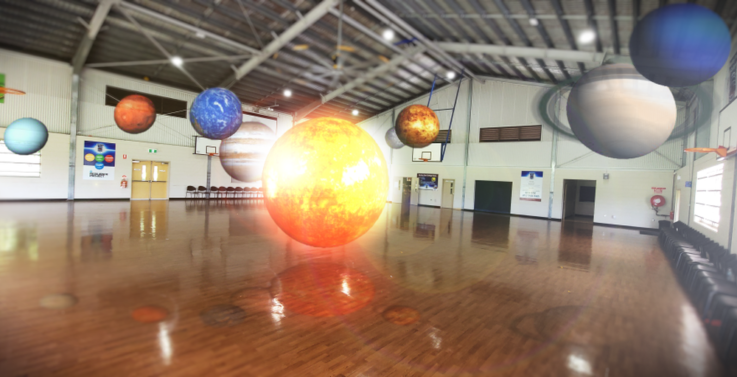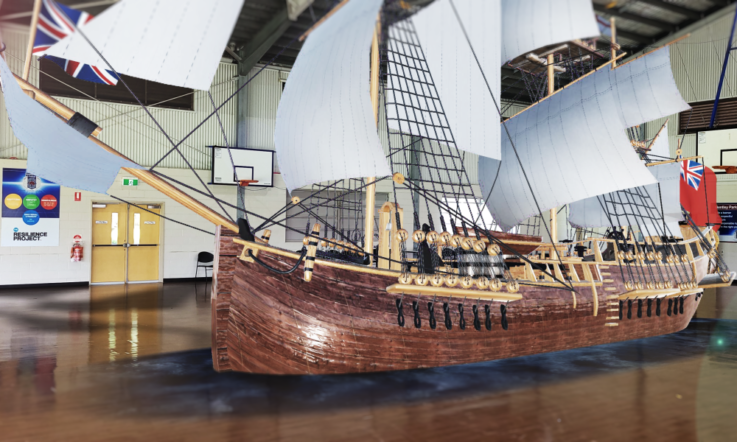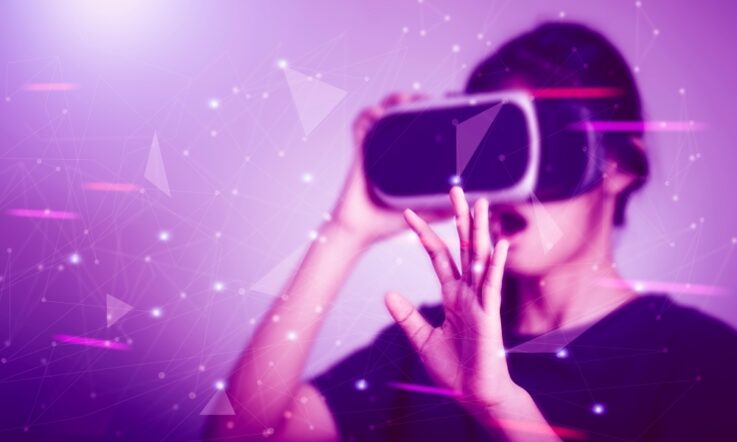In previous Teacher articles, Dr Susan O’Donnell and Adrian Rayner have given readers an update on the work of the VR Learning & Design Hub, which has been exploring the benefits of Augmented Reality in the classroom, and shared details of some of the learning modules created for primary aged students in Queensland Department of Education schools. Here, they discuss some of the prior teacher concerns that have been shared with them about the use of immersive technologies and how to build the capacity of classroom practitioners.
Once upon a time, teachers could be confident that their training would set them up for decades to come. Whilst adjustments might be made to address the diverse needs of students, standard texts could be utilised from year to year with little modification. Change came slowly. Teachers’ expectations were pretty much consistent across generations.
Those days are well and truly gone. Technology is not only increasingly part of our everyday world, but is also a constant presence in our entertainment, communication, financial management, shopping, information access and education. Who would have imagined that a laptop would be a basic tool in the classroom?
It stands to reason that technology would inevitably impact on our pedagogical approaches and the multitude of ways that students learn. As Tri Yuliono and colleagues (2018) observe: ‘Technology plays a vital role in transforming education. It allows today’s teachers and students to have remarkable teaching and learning activities previously inconceivable. Today’s teachers are different from yesterday’s teachers in terms of their use of technology in instructional practices.’ (Yuliono et al., 2018).
In brief, today’s teachers ultimately shape the implementation of immersive technologies such as Virtual Reality (VR) and Augmented Realty (AR) and unlock their potential for student learning. So, why are some teachers reluctant to take on this role?
Barriers, blocks and fears
It would be rash to suppose that teachers are basically technophobes, lazy or incompetent! Most of the barriers, blocks and fears are well founded.
Over the last few years, the Hub has consistently received feedback about fears and concerns relating to the use of the use of VR and AR as immersive tools for teaching and learning.
- A lack of confidence of using technology.
- Lack of clarity about how to embed it in program planning.
- Fears of an increase to workload.
- Concerns that taking students into what is mistakenly perceived as an unstructured environment will lead to difficult behaviours.
- Concern about its application and relevance to the Australian Curriculum.
- Concern that externally produced resources will limit teachers’ professional autonomy.
- The ‘is it worth it?’ perspective.
- And the ‘Been there! Done that!’.
Whilst these might not be widespread, it’s important to recognise and respond to them since they might impact on a teacher’s willingness to use immersive technology with students. The concerns are real. Yet, often, the barriers are surmountable.
Learning & Design Hub solutions
Ready-for-use: Teachers speak of their reluctance to embrace technological innovation because of workload anxiety. However, Hub modules provide teachers with ‘starter packs’ that include relevant software and a range of supporting student resources and planning documentation. This provides teachers with an opportunity to work with the materials right from the very beginning without any appreciable increase in workload. Resources that are not used for the session can be held over for additional AR or VR sessions, or used as lesson materials in classroom learning.
Teacher autonomy: There is no one-size-fits-all approach to digital technologies in learning and teaching. Modules provide teachers with a ‘suggested’ but very flexible approach. Program planning will be entirely the teacher’s own. Each will determine how the module is used in practice, confident that it will be true to the Learning Area, the Australian Curriculum unit, the set-up of the classroom, the number of students, the number of devices and, of course, each student’s abilities, needs, strengths and challenges. Organisation and planning will therefore differ from teacher to teacher and reflect their autonomous application of their pedagogical preferences and skills.
Recognise what it is and what it’s not: The focus of an immersive technological initiative is not the technology! Teachers who use the Learning & Design Hub VR and AR modules do not have to have special technological skills because their role is to focus on teaching and learning, curriculum content, skills and achievement standard.
Make it simple and easy: All modules are designed to be as simple as possible. Ask any student who has used the technology ‘What do you do if you see yellow?’ and the answer will be ‘Touch it!’ These simple mechanics are consistent across the whole suite of modules. Once learned, students use the technology with confidence. The bonus? We’ve found that if they learn to use the technology in one learning area, they will readily apply their newly acquired skills to other learning areas.
Is it worth it? Concern about its application and relevance to the Australian Curriculum is a very valid and serious one. Immersive technologies are much more than just student engagement. Their core purpose is the delivery of the Australian Curriculum. A quick overview of the literature lists multiple well-researched benefits (see our previous article for more on the research). However, each teacher will need to take an initial first step to discover this for themselves. Some concerns revolve around the risks of taking students into an unstructured environment. The reality is that the teacher will be amazed by their students’ enthusiastic, active, self-managed learning.
Been there! Done that! Probably the greatest barrier to releasing the potential of immersive technology is the presence of fixed attitudes to innovation and change. It is a rare but sad reality that in any school there will be teachers who want nothing to do with technological innovation that might result in change to the way they operate. A whole school approach to the implementation of immersive technology might be one way of addressing such difficulties.
Taking a whole school approach
It is important that immersive technology is recognised and promoted as a school-wide asset for all. Inclusion in the school’s curriculum documentation – such as faculty 3-level planning – is an affirmative step in the right direction.
Essential resources and hardware need to be organised in such a way that it is easy for teachers to access.
The establishment of a training team composed of people with respected curriculum strengths is a visible sign to others that they will not be left to muddle along by themselves.
School-wide teacher training is vitally important. The Hub operates a Train-the-Trainer program that ensures that schools have training autonomy. A suite of training materials is provided, which helps to future-proof the school as staff leave and new staff arrive.
Some final thoughts
The use of immersive technology in learning and teaching requires clear-headed planning into the future. It might require a cultural shift taking 2 or 3 years. However, the feedback we’ve received from many teachers in so many schools convince us that the benefits are real for our students and their futures.
Observing that there is ‘A temptation in educational technology is to take new tools and use them in familiar ways,’ Lisa Castaneda nevertheless adopts a positive view of the future: ‘Ten years from now, teachers will also have a much stronger sense of how and when to utilize these tools. They will have data and information about how and when immersive technologies are most effective. Content will be more plentiful across a range of subject areas enabling teachers to think fluidly about how to achieve genuine integration of the content into the classroom.’ (Castaneda in Sobel, 2019, p.30).
References
Sobel, K. (2019). Immersive media and child development: Synthesis of a cross-sectoral meeting on virtual, augmented, and mixed reality and young children. The Joan Ganz Cooney Center at Sesame Workshop. https://joanganzcooneycenter.org/publication/immersive-media-and-child-development/
Yuliono, T., Sarwanto., & Rintayati, P. (2018). The promising roles of augmented reality in educational setting: A review of the literature. International Journal of Educational Methodology, 4(3), 125-132. https://doi.org/10.12973/ijem.4.3.125
Think about the last time you introduced a new way of working, or new piece of technology, into your school. Did you speak to staff prior to this about what they thought they might find challenging and the support they felt they needed? How did this inform professional development around the introduction and implementation?



